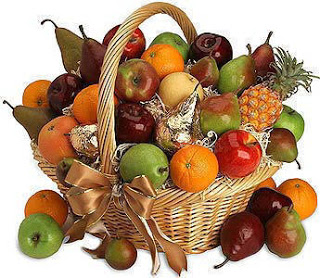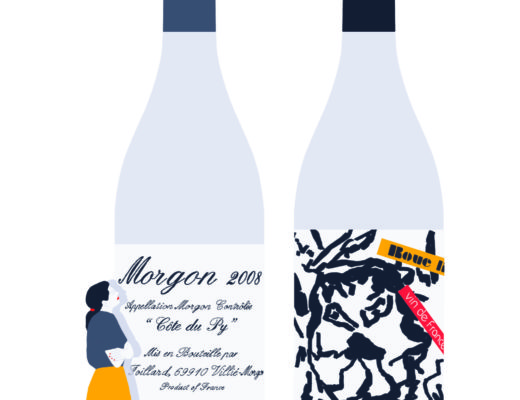Boy does that fruit look delicious. Too bad if it comes from America, and it isn’t organic, it’s bursting with juicy pesticides! Thing is, if it comes from France and it isn’t organic, it probably is too.
When I first came to France, I naively thought that all the food was inherently healthier since I had been told there were strict laws about the use of sugar substitutes in products like sodas and packaged snacks. Oh, and because the French are thinner than us. Well, this is a fallacy. The US is endlessly scrutinized for its perpetual use of high fructose corn syrup in everything from soups (yep, in Campbell’s) to cookies and snacks, yet its use in Europe is steadily rising. Almost any packaged food you pick from a supermarket shelf in France will have the high fructose corn syrup boogeyman and additives as principal ingredients.
This illusion of the French as gastronomically, physically, and nutritionally superior is not only untrue but quite old at this point. There is just as much of a surfeit of nutritionally-ignorant people in France as there are in the US or anywhere else in the world for that matter.
But what is most shocking, is that France has the highest rates of pesticide use and consumption in Europe and fall 3rd just behind, not surprisingly, the U.S. and India. In the U.S. and France, pesticides are used on 20% and 35% of the total surface area, respectively (GoodPlanet.info). These pesticides are responsible for poisoning millions worldwide each year and despite proper education on the health benefits of buying local and organic, the majority of people simply cannot afford to. So they shop at LeaderPrice where they fruit has been manhandled by a dozen machines and transported from South America. Ideally, this type of information should serve as a caveat for consumers that it is worth the investment, but it is just not realistic, not yet.
Despite ongoing initiatives to combat global warming, improve the quality of the food we eat and live more ecological and sustainable lives, the efforts so far seem to be in vain. So long as food manufacturers continue to develop products with scant regard for the health consequences on consumers and the environment, be they immediate or long term, “dirty food” will continue to reign supreme.
I was particularly disturbed, however, to learn about the deplorable state of our drinking water in the US. Lisa Jackson, the administrator to the US Environmental Protection Agency, discussed the water polemic with Bill Maher and mentioned that trace amounts of pharmaceuticals and organic chemicals are showing up in our water more and more. What kinds of pharmaceuticals? An array of antibiotics, mood stabilizers, anti-depressants, anti-convulsants, and sex hormones have been found in the drinking water supplies of more than 41 million Americans (AP Investigation). Scientists are beginning to worry how these traces will impact human health and rightfully so.
But how are these traces ending up in our water glasses?
“People take pills. Their bodies absorb some of the medication, but the rest of it passes through and is flushed down the toilet. The wastewater is treated before it is discharged into reservoirs, rivers or lakes. Then, some of the water is cleansed again at drinking water treatment plants and piped to consumers. But most treatments do not remove all drug residue.” (AP)
We are such a disturbed society, besotted by an insatiable need for instant gratification, prescription pills and dirty food. Everything we ingest, from pills to pizza pockets, are bound to come back and endanger us all. Is there any place on this planet that is really safe from all that ails the industrialized and developed world? I’m not so sure.
Environmental Reading: Lightbulb Hype (had no idea GE was such a large polluter!)














